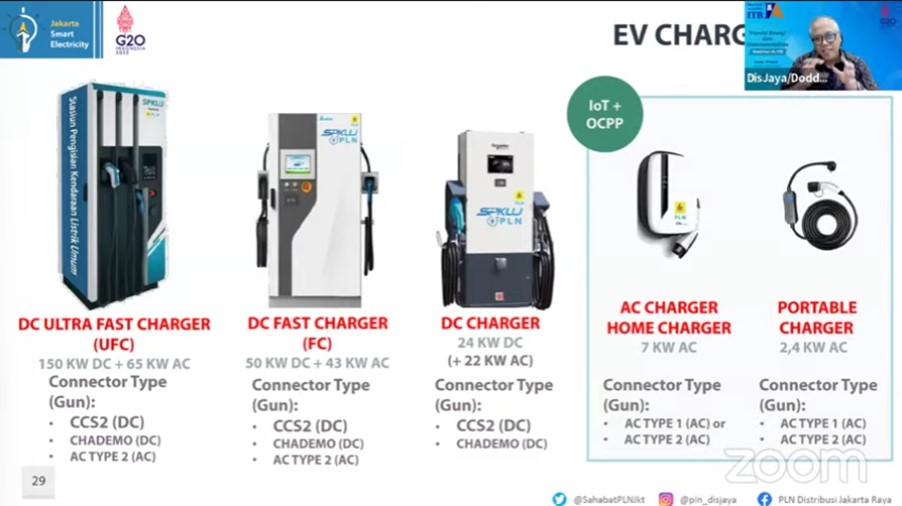ITB SEEI Professor Develops Switched Reluctance Motor for Electric Vehicles Alternatives

BANDUNG, itb.ac.id—Energy exists abundantly in diversity, such as kinetic, potential, and electrical energy. Most can be converted to other forms; for instance, the energy changes in electric motors.
"An electric motor is a device that can convert electrical energy into kinetic energy," explained Dr. Jihad Furqani in the ITB LPPM Workshop Series on Wednesday (22/6/2022). These electric motors are generally found in everyday objects like blenders, mixed food processors, and microwaves. Environmentally friendly electric vehicles that are rising in popularity use these motors as well, and they may be the key to tackling the air pollution issue caused by the transportation sector's excessive exhaust gases.
The ITB SEEI researcher mentioned three types of electric motors: electric motors equipped with permanent magnets, induction motors, and SRM (Switched Reluctance Motors). "Permanent magnets are composed of rare materials like neodymium or dysprosium. They are quite common in the depths of Earth, but 80% of them are concentrated in mainland China. So, it is not surprising that China still dominates the global electric vehicle technology."
The mining and processing of permanent magnets cost a huge sum of money and labor, hence the expensive price attached to the vehicles that can only be purchased by conglomerates. "This creates public insecurity,” Dr. Jihad added. “Buying an environmentally friendly vehicle is difficult due to insufficient funds."
On another note, induction motors are favored nowadays. They are not equipped with permanent magnets and are mostly implemented in water pumps. However, they contain numerous components that make them unsuitable for electric vehicles.
Despite their lesser popularity, SRM motors have the least number of components compared to other types of motors. Since its development in the 1960s, it requires no permanent magnets, making it superior in terms of cost and reliability. These advantages encouraged Dr. Jihad along with other researchers from ITB and PINDAD to adjust SRM used for two and three-wheeled vehicles.
"I hope Indonesia can manage its production of electric vehicles in the next few years. These vehicles will not only become a luxury for the upper class but also reach out to all levels of society," he declared.
Like two sides of the same coin, SRM has its drawbacks. Unlike electric motors, SRM produces high noise levels that damage hearing and disrupt nearby motorists. For now, it is used in heavy vehicles like tractors and go-karts.
"SRM will not be able to compete with electric motors, but it has the chance to dethrone them if it is further designed to perform with the same efficiency. The most convenient way to do so is to replace its iron core."
Better materials will provide fewer losses, resulting in better efficiency. Regarding its control, it can modify the instantaneous current so that the rotor poles are attracted and produce the desired torque and power.
The study conducted by Dr. Jihad modifies the SRM's current control to achieve a 10 Nm torque. The recorded noise is significantly reduced to 20 dB at a frequency of 2,700 Hz- a successful improvement to the current device.
Reporter: Maharani Rachmawati Purnomo (Oceanography, 2020)
Translator: Ruth Nathania (Environmental Engineering, 2019)

scan for download








